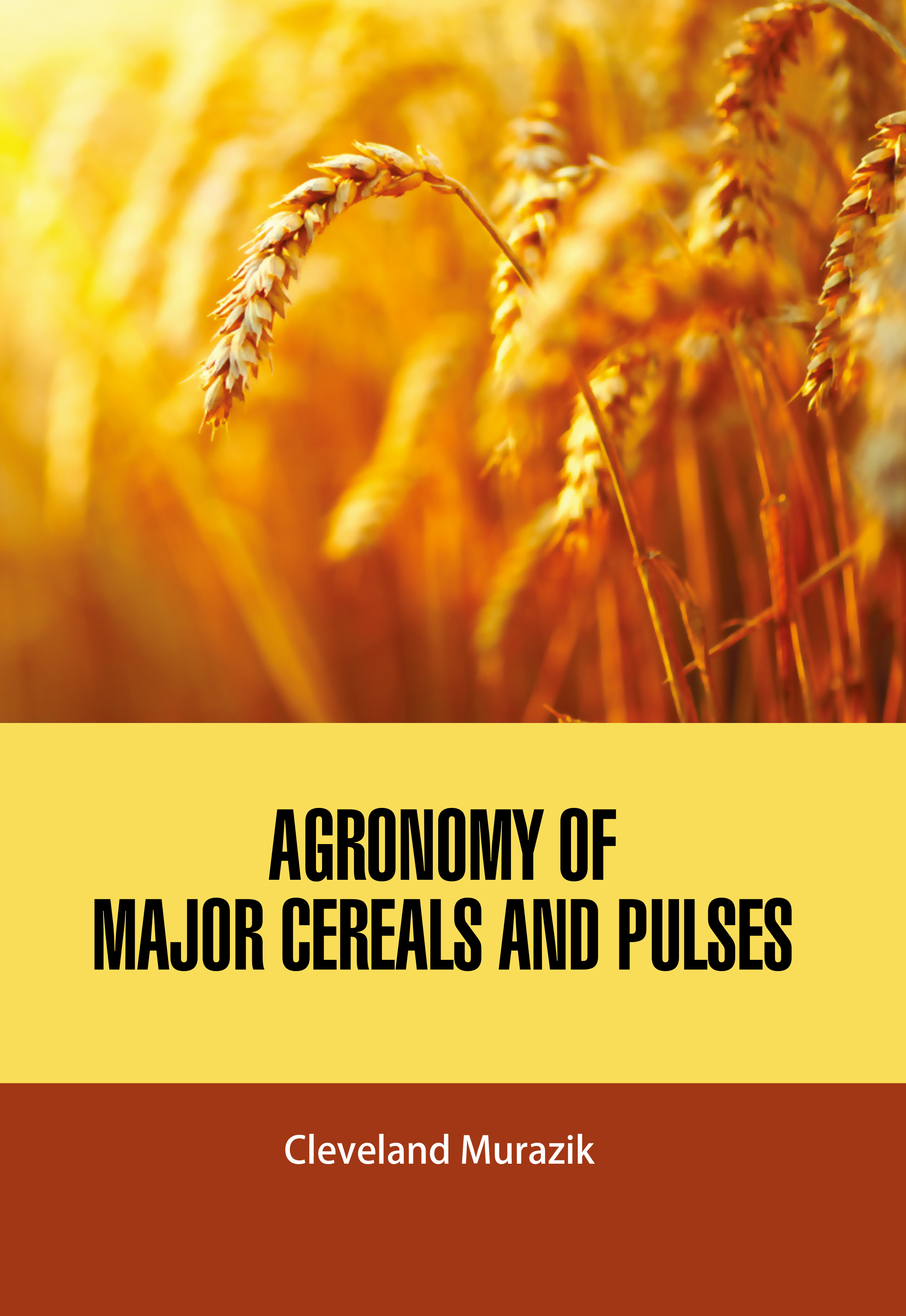
Agronomy of Major Cereals and Pulses
by Cleveland Murazik
| ISBN | 9781835357262 |
|---|---|
| Publisher | EDTECH PRESS |
| Copyright Year | 2025 |
| Price | £160.00 |

by Cleveland Murazik
| ISBN | 9781835357262 |
|---|---|
| Publisher | EDTECH PRESS |
| Copyright Year | 2025 |
| Price | £160.00 |
Agronomy is the field of study and practice of ways and means of production of food, feed and fibre crops. Thus, agronomy as a branch of agricultural sciences deals with principles and practices of field management for the production of field crops. A cereal is generally defined as a cultivated grass grown for their edible starchy grains. Bulk of staple food crops all over the world comes from this group. Pulses are grain legumes used as food. On splitting they produce dal which is rich in protein. They are regarded as building blocks of living organisms for high protein content. These crops have the unique built in ability of fixing atmospheric nitrogen in their root system. Agronomy is the science and technology of using plants for food, fuel, feed, fibre, and reclamation. Agronomy encompasses work in the areas of plant genetics, plant physiology, meteorology, and soil science. Agronomy is the application of a combination of sciences like biology, chemistry, ecology, earth science, and genetics. Agronomists today are involved with many issues including producing food, creating healthier food, managing environmental impact of agriculture, and creating energy from plants. Agronomists often specialize in areas such as crop rotation, irrigation and drainage, plant breeding, plant physiology, soil classification, soil fertility, weed control, insect and pest control. Pulses are the edible seeds of plants in the legume family. Pulses grow in pods and come in a variety of shapes, sizes and colors. Pulses are annual crops that yield between one and 12 grains or seeds. The term ìpulsesî is limited to crops harvested solely as dry grains, which differentiates them from other vegetable crops that are harvested while still green. Pulse crops are one of the most sustainable crops a farmer can grow. It takes just 43 gallons of water to produce one pound of pulses, compared with 216 for soybeans and 368 for peanuts. They also contribute to soil quality by fixing nitrogen in the soil. This book will be of immense use in imparting knowledge on the basic principles of agronomy and applied aspects of farming systems for students, teachers, scientists, extension workers and professionals engaged in agricultural development.